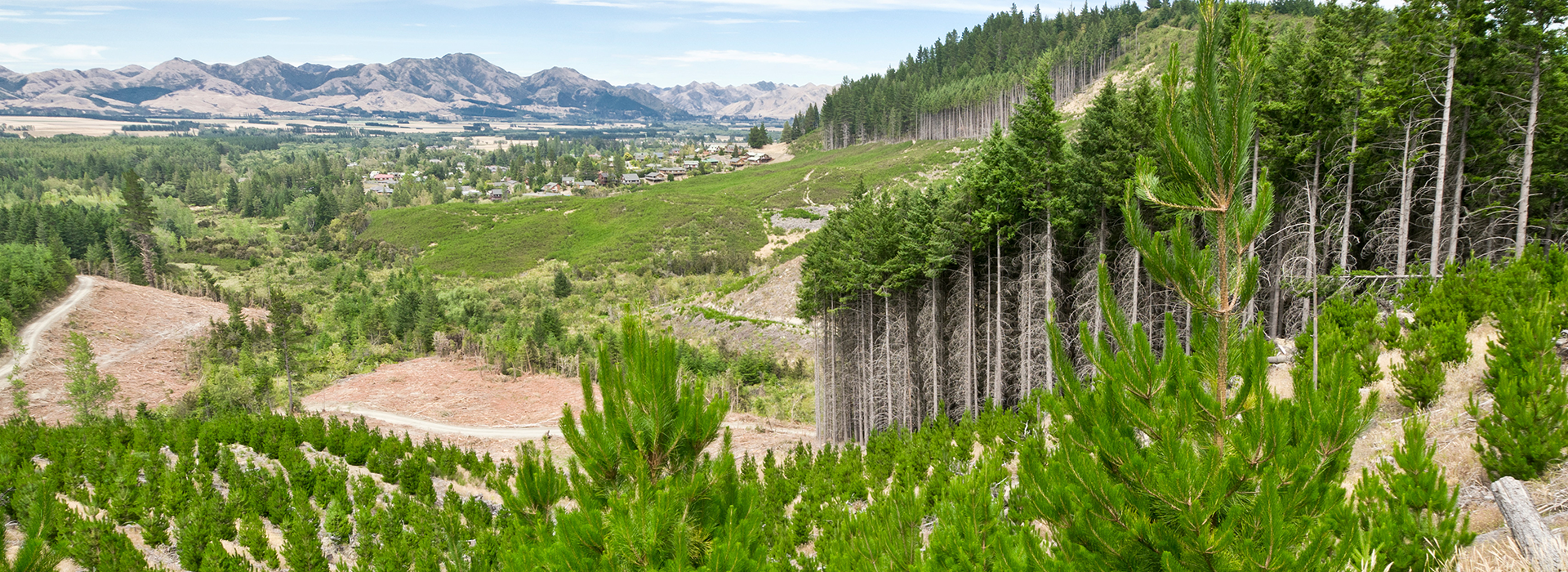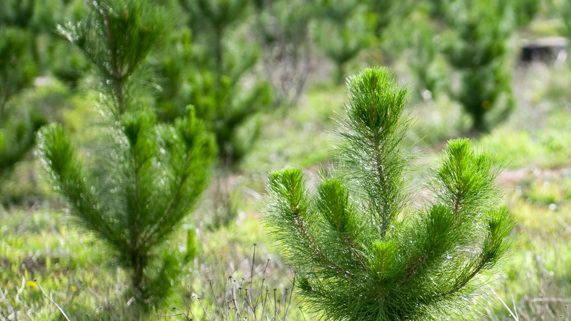
Combating climate change: It takes a forest
October 20, 2020The Priceless Planet Coalition has committed to restore 100 million trees over the next five years. Forestry experts discuss how this enormous initiative is taking root.
Trees are one of the greatest defenses against climate change. Natural solutions such as growing more forests and restoring damaged ecosystems could suck up as much as 37% of the CO2 that we need to eliminate to stop global warming. Forests also sustain hundreds of millions of people and protect rare plants and animals.
Through the Priceless Planet Coalition, Mastercard is partnering with merchants, banks and cities to engage consumers to donate to the restoration of 100 million trees over the next five years. Under the guidance of forestry experts at two nonprofit environmentalist organizations, Conservation International (CI) and World Resources Institute (WRI), the initiative restores landscapes to help combat climate change.
Aaron Minnick runs a program for WRI called TerraMatch, which matches donors to restoration projects, and Nikola Alexandre develops strategies for CI to deliver on-the-ground forest restoration strategies at scale. We talked to them about how they’re tackling this massive restoration project.
How do you start to restore 100 million trees?
Alexandre: We advocate for a restoration approach that does not focus on the trees themselves, but on the ecological dynamics that keep forests healthy. We focus on not just planting trees, but regrowing forests. And in that context, there are different kinds of techniques that can be used, like encouraging natural regrowth or even controlling fires as a restoration technique because that allows natural generation to occur.
Minnick: In degraded areas where trees have trouble coming back on their own, actively planting native trees is the best option for kickstarting the ecosystem and protecting local biodiversity. And often, local farmers like to plant noninvasive exotic trees for their fruit or fast-growing varieties for cooking fuel and to shade their other crops in sustainable agroforestry systems.
Understanding the local context and needs is key for any successful restoration project. When we plant the trees that people want, they see them as investments, and then they want to plant more. And when demand goes up for seedlings, local entrepreneurs who own tree nurseries can grow their businesses and hire more people. That in turn boosts the whole rural economy.
How will restoration help limit carbon emissions?
Alexandre: Even if we were to stop emitting tomorrow, we would still need to remove massive amounts of carbon from the atmosphere to avoid and reverse climate change. As of right now, forest restoration is the proven and only cost-effective carbon-removal method available at the scale needed to achieve our global emissions targets.
Minnick: There is enormous potential globally to restore areas that have already been converted to cropland or grazing land. In these areas, we can add the type of trees that both help pull more carbon out of the air and also make those landscapes more resilient to climate change for the people living there. Restoring trees in natural forests or agroforestry systems plays a major role in the fight against climate change.
Walk us through the process of how you do this.
Alexandre: We focus on degraded areas with close proximity to forests that are flourishing. There is always going to be natural seed dispersal that comes out of a healthy forest because of the birds and the pollinators that are there. You can then protect the areas that are slowly regrowing on their own and avoid the more expensive effort of going in and planting seed by seed.
Minnick: Start by asking: What are the challenges that local communities are facing and what do they want to see? Understanding what that is — whether it's to bring back wildlife habitat, sequester carbon, improve food security or diversify sources of income — will determine how you proceed.
For example, in Kenya’s Makueni County, not too far outside of Nairobi, farmers are growing mango trees and citrus as a source of additional income. Makueni falls within Kenya’s dry belt and frequently experiences droughts that kill important crops like corn. Trees are more resilient to these droughts and continue to thrive and produce fruit that farmers can sell at market. A recently built mango processing plant has allowed farmers to sell the fruit as pulp at a higher value to markets in the European Union. Every individual farmer has been encouraged to plant mango trees. Even during droughts, you see a continuous crown of green when you drive through the landscape.
Economic incentives can play a huge role in changing behavior. If you can get enough buyers of commodities saying that they'll pay a premium for crops or products that are coming out of restored landscapes, it sends a pretty clear signal to farmers or landowners. The only way we're going to slow climate change is if we broaden the tent and bring in every single person who's willing and able to help us.
